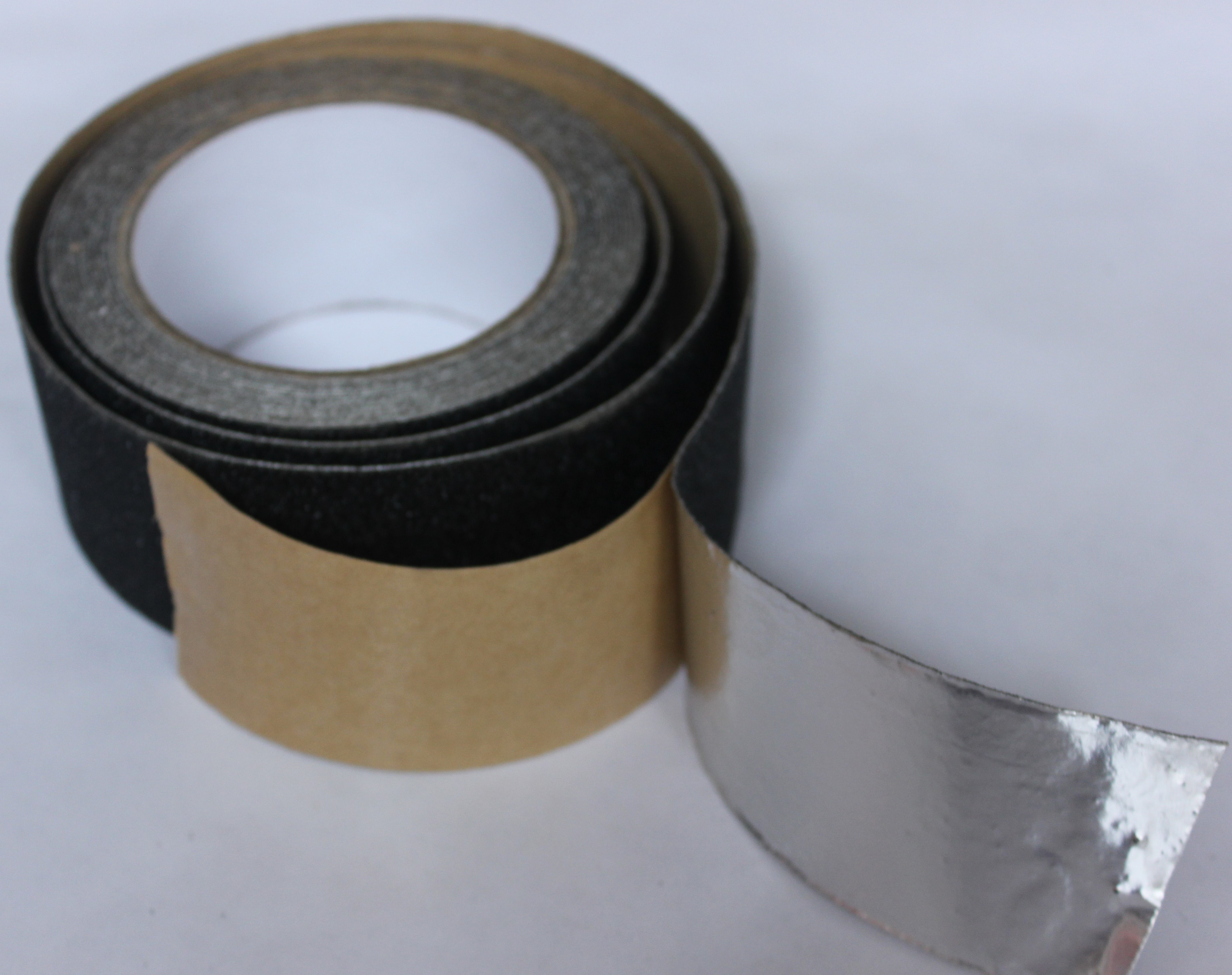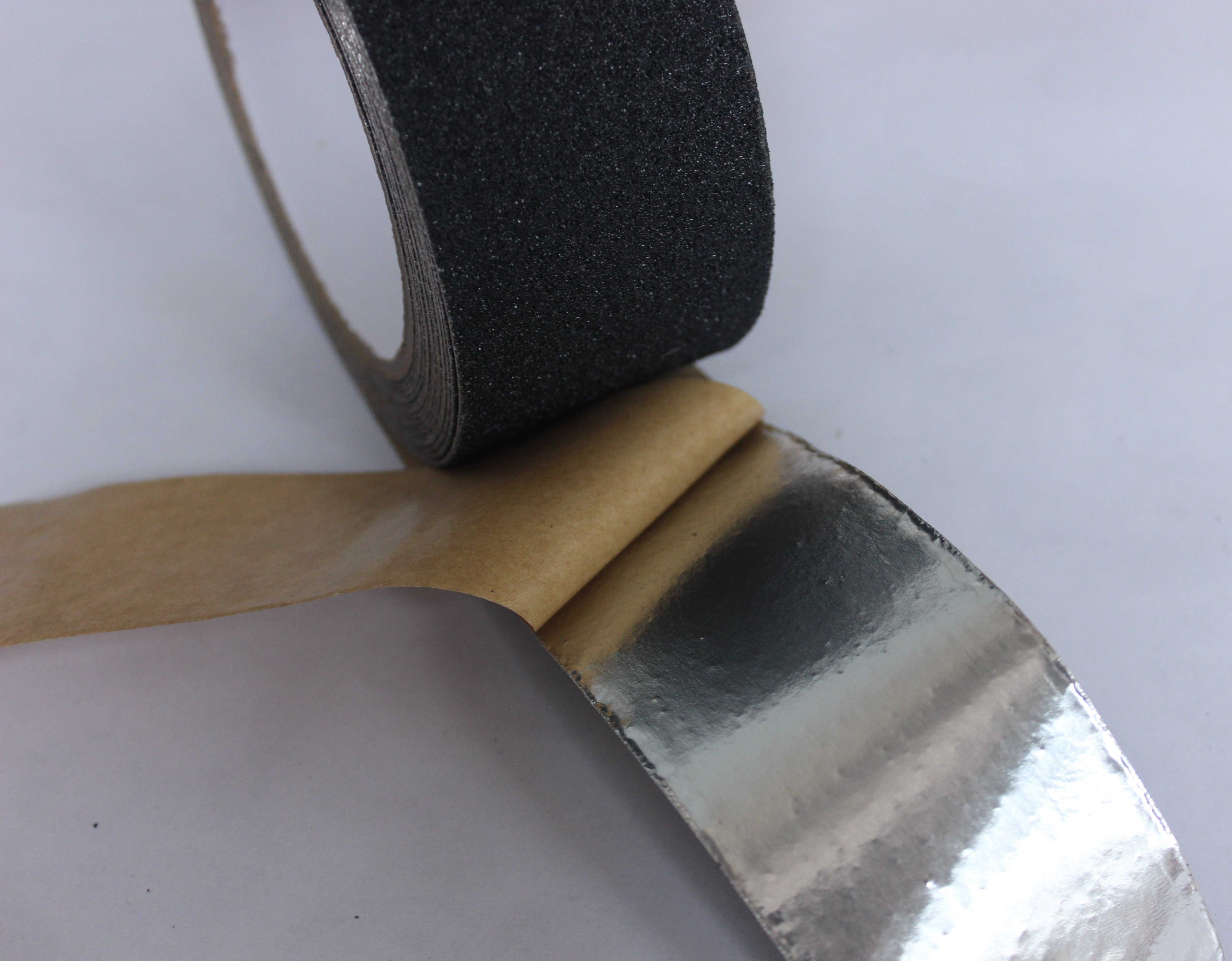Release date: 2015-06-23 Words contaminated (contaminated) are printed on surgical gloves with polybutadiene that can sense bacteria. When exposed to E. coli, the original blue word turns red. A joint research team led by biomedical engineers at Tufts University in the United States has developed a "silk ink" containing enzymes, antibiotics, antibodies, nanoparticles and growth factors to make medical products such as smart bandages and gloves that can sense bacteria. , making inkjet printing technology a new and more effective tool for therapeutic, regenerative medicine and biosensing applications. This achievement was published in advance on the online edition of Advanced Materials magazine. The idea of ​​inkjet printing with biomolecules as "ink" is not new, but the thermal sensitivity of these labile compounds can quickly cause the printed material to lose its functionality, greatly limiting its usefulness. However, the purified silk protein is different, and its inherent strength and protective properties are very suitable for various applications in biomedicine and optoelectronics. Fiorenzo Omenito, a senior research author and deputy dean of the Tufts University School of Engineering, said the natural polymer is an ideal "pup" that keeps enzymes, antibodies and growth factors stable. “We believe that if we can develop a silk ink that can be inkjet printed, we have a common building block that can generate print formats with different functions, bringing a wide variety of applications, and using The ink stays active for a long time." According to the Daily Science Network, the Omonito team used the same basic materials to create and test a functional “wire ink custom library†with various components. For example, using a polybutadiene that can sense bacteria, the word "contaminated" is printed on surgical gloves. When exposed to E. coli, the original blue word turns red; the protein BMP that stimulates bone growth -2 printed in plastic dish to test the directional control of tissue growth; imprinting ampicillin sodium on bacterial culture to test the effectiveness of antibiotic distribution; printing gold nanoparticles on paper, is expected to be applied to photonics and biology Learning (such as color engineering, surface plasmon resonance imaging based on sensing and bioimaging, etc.); printing enzymes on paper to test the ability of silk ink to transport functional small biomolecules. Researchers believe that this technology has broad research and application prospects. In the eyes of Omenito, future biosensor gloves can selectively respond to different pathogens. Smart bandages can be directed to introduce antibiotics to treat complex injuries. The research published so far is limited to one cartridge, but researchers say it can be extended to more complex multi-cartridge printing in the future. Source: Technology Daily
Aluminum foil backed anti slip tape is a special
anti slip tape that is designed for uneven surfaces and high traffic areas, it
can be used instead of 3M 500 series, such as 3M 510 and 3M 530. The aluminum
foil backing make the tape much more durable than general anti slip tape, and
it has no memory so that it can remain its shape and conform to uneven surfaces.
The aluminum foil has no stretchability which is different from PVC or PET
plastic based, when a plastic stretches it wants to revert to its original
state so will lift from an irregular substrate. It is widely used for stairs, ladders, loading
ramps, platforms, diamond plating, flat surfaces with rivets or screw heads.
Product specifications
Product name:
Color: Black, yellow, Black/yellow
Size: 1inch, 2inch, 3inch, 4inch width, 3meters,
5meters, 10meters, 15meters, 18meters length. Other sizes also can be
customized. Aluminum foil anti slip tape, Conformable Anti Slip Tape, Foil Base Anti Slip Tape, Foil Backed Anti Slip Tape Kunshan Jieyudeng Intelligent Technology Co., Ltd. , https://www.jerrytape.com
Aluminum Foil Anti Slip Tape


"Silk Ink" can be used to manufacture medical gloves that sense bacteria
Next Article
Atractylodes weeding common herbicide Daquan
Prev Article
Salvia harvest processing